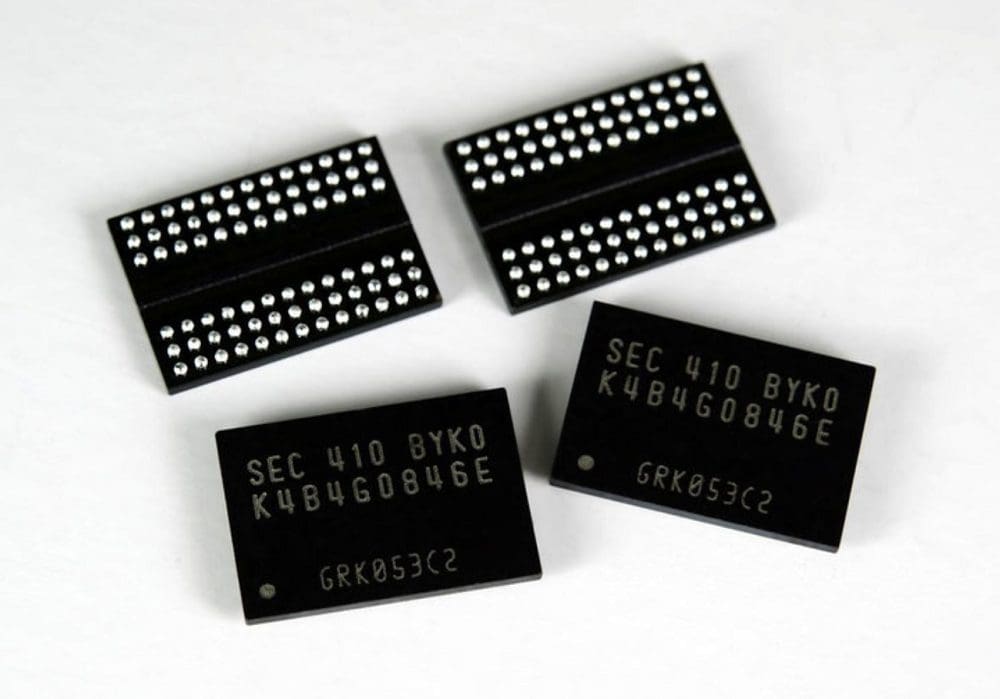In your machine, there are likely two types of RAM class memory.
Only one is referred to as RAM: the system memory or system RAM.
This class of RAM is called DRAM.

In this class, you may also have some SSDs with integrated DRAM.
The VRAM on a graphics card is also a subset of DRAM.
Youll have a different pop in of RAM on the actual CPU and GPU dies themselves.
SRAM is used for on-die caches.
However, it has a much higher storage density and is much cheaper.
The distinction between SRAM and DRAM is evident in their actual structure.
SRAM uses four to six transistors, while DRAM uses a single transistor and a capacitor.
This is where the storage density comparison comes in.
There are simply fewer parts in DRAM, making each memory cell smaller.
The S in SRAM stands for Static, while the D in DRAM stands for Dynamic.
This represents that SRAM can retain its contents indefinitely, while DRAM needs to be regularly refreshed.
Note:This assumes that a constant power supply is available.
SRAM is still volatile memory, and if power is lost, it will lose the data it holds.
Contents
What Is a Memory Refresh?
The circuit-level architecture of DRAM means that the charge of a memory cell decays over time.
Each memory cell must be regularly refreshed to allow DRAM to store data for long periods.
There are a couple of essential things to know about this.
The first is that the memory cant be accessed while refreshed.
This also means that performance can be limited by how often the DRAM cells need refreshing.
Generally, DRAM cells are refreshed every 64 milliseconds, though this halves at high temperatures.
Thankfully, the amount of time needed to refresh a cell is small, generally 75 or 120 nanoseconds.
This means a DRAM chip spends roughly 0.4% to 5% of its time performing a refresh operation.
Reading data from the memory cells destroys that data.
The refresh operation isnt as complex.
All this happens automatically.
The memory controller manages it all without the CPU being aware of it.
Unfortunately, some outliers need to be refreshed much more often.
To allow for even the worst-case scenarios, DRAM refresh times are low.
This choice does ensure that no data is ever lost, but it also affects power usage and performance.
This would lead to improved power usage, especially useful on low-power battery-powered devices.
It would also, however, lead to variable levels of RAM performance.
Additionally, the change in decay time based on temperature would have to be factored in.
Conclusion
The refresh cycle is the process in DRAM modules by which the memory cells are refreshed.
This is necessary because the circuit design of DRAM results in charge decay.
Regularly refreshing memory cells prevents data loss.
SRAM doesnt need to be refreshed as its circuit design does not result in a charge drain.
Note:Refresh cycle may also refer to a user or organizations regular updating of hardware.